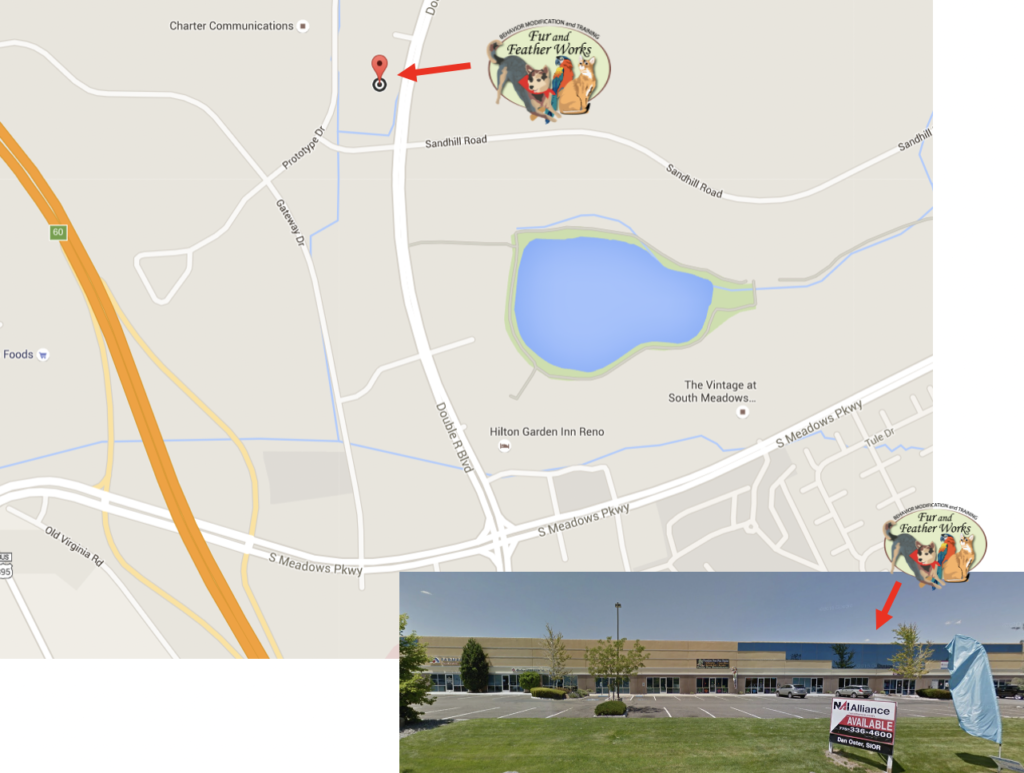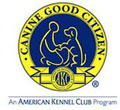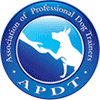One common complaint we receive from pet parents in Reno and Sparks is their dog or puppy barks too much. Although barking is completely normal behavior for dogs, we understand it can become excessive, and we want to help. The first questions we’d ask if you came to us with this problem is WHEN does your dog bark too much. Understanding when and WHY they’re barking is key to determining a practical solution.
My dog barks when he sees other dogs on walks.

There are two main reasons dogs bark (and possibly lunge, whine, or growl) at other dogs they see in public. First, they LOVE other dogs and are frustrated at being kept apart. Second, they are nervous about other dogs and want the other dog to go away.
Either way, they need to learn self-regulation and coping strategies for the big FEELINGS they have about other dogs. Beware recommendations to punish this behavior by scolding or yanking your dog’s leash; this is likely to intensify your dog’s distress rather than help.
We can help you teach your dog to handle himself better in the presence of other dogs, no matter what the cause. The three alternatives to consider are:
My dog barks when she’s left alone.
Almost all puppies need to be patiently taught that it is safe to be left alone. (Just think, were they EVER alone before you brought them home? Most likely not.) Some fussing (aka barking) is to be expected during this process, but if your approach is working for your pup, that barking will lessen quickly.
Make sure your pup has been exercised and is ready to take a nap before putting her in her kennel. Leave chews and toys with which to entertain herself while you’re gone. Start with very short absences and build on success. Don’t let your puppy out of their crate when they’re fussing.
If these guidelines aren’t working and your dog’s barking is intensifying over time, it’s time to consider a specialized approach for separation anxiety. If your dog’s barking is accompanied by signs of panic – such as biting or chewing frantically at the crate, gate, or door or peeing or pooping even if you’re only gone for a short time – it is DEFINITELY time for a separation anxiety specialist.
My dog barks when people come to my door.
Please do recognize that it is very normal for dogs to alert bark when a person approaches your home, even if that person is a friend. However, this does not mean that chaos needs to break loose anytime you have a guest or an Amazon delivery.
Try scattering a handful of kibble on the ground when your dog notices someone approaching the door, or handing out chews. Teaching your dog that a person approaching predicts a calm activity like eating or chewing can go a LONG way. It will be most effective when your dog doesn’t already have an extensive history of losing their cool when guests arrive.
If your dog already has that extensive history, you’ll need a more structured plan to reverse the chaos. This can involve teaching your dog an alternative behavior like going to a crate or station, or thoughtful management like utilizing baby gates to keep your dogs away from the door when you’re expecting visitors. Most likely, you’ll need a strategic combination of both.
My dog barks when he wants something from me.
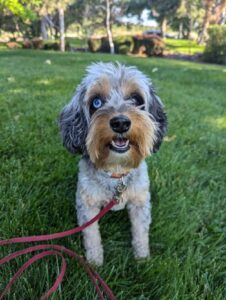 Barking to get attention or access to a desired resource, like food or a toy, is often referred to as “demand barking.” If you would prefer that your dog not communicate with you in this way, it’s important to show them that barking does not work to get what they want. Dogs repeat things that work for them!
Barking to get attention or access to a desired resource, like food or a toy, is often referred to as “demand barking.” If you would prefer that your dog not communicate with you in this way, it’s important to show them that barking does not work to get what they want. Dogs repeat things that work for them!
If you have a vocal puppy or young dog, be careful to not allow this to become a habit. Ignore them when they bark, and offer attention or resources when they are quiet. Remember that this applies to ALL resources — your attention, food, toys, chews, getting to go outside, etc.
Teach your dog to ask for what they want by offering calm behaviors like sitting, lying down, or eye contact with you. Introduce them to this idea with treats and then gradually show them it works for everything in life.
- Our Control Yourself! Workshop is the place to teach your dog to ask for things with calm behavior. Look for an upcoming date on our Events page.
- Basic Manners class is the perfect place for those looking to prevent or address problems like this before they become ingrained habits.
We get it, a barking dog can be a big problem!
If you’re ready to get to the root of your dog’s barking and start living a quieter, more peaceful life together, contact us for more guidance on which of our offerings would be best for your situation.
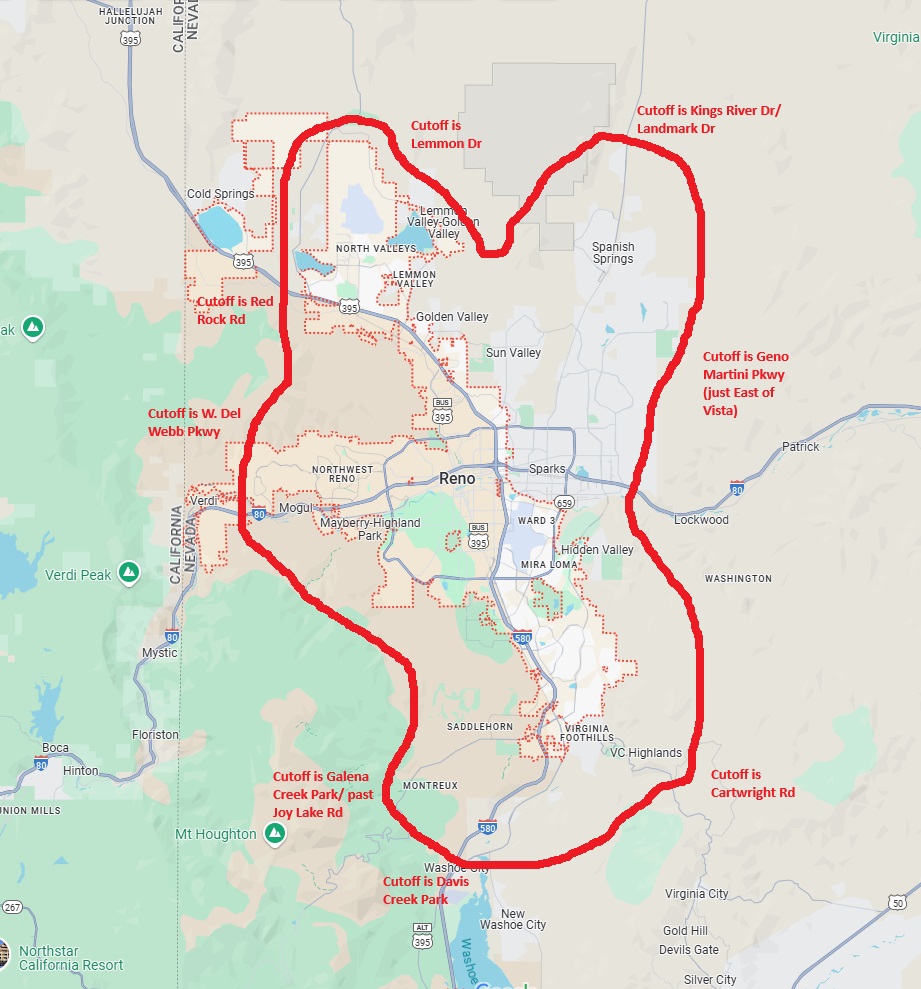


 Barking to get attention or access to a desired resource, like food or a toy, is often referred to as “demand barking.” If you would prefer that your dog not communicate with you in this way, it’s important to show them that barking does not work to get what they want. Dogs repeat things that work for them!
Barking to get attention or access to a desired resource, like food or a toy, is often referred to as “demand barking.” If you would prefer that your dog not communicate with you in this way, it’s important to show them that barking does not work to get what they want. Dogs repeat things that work for them!